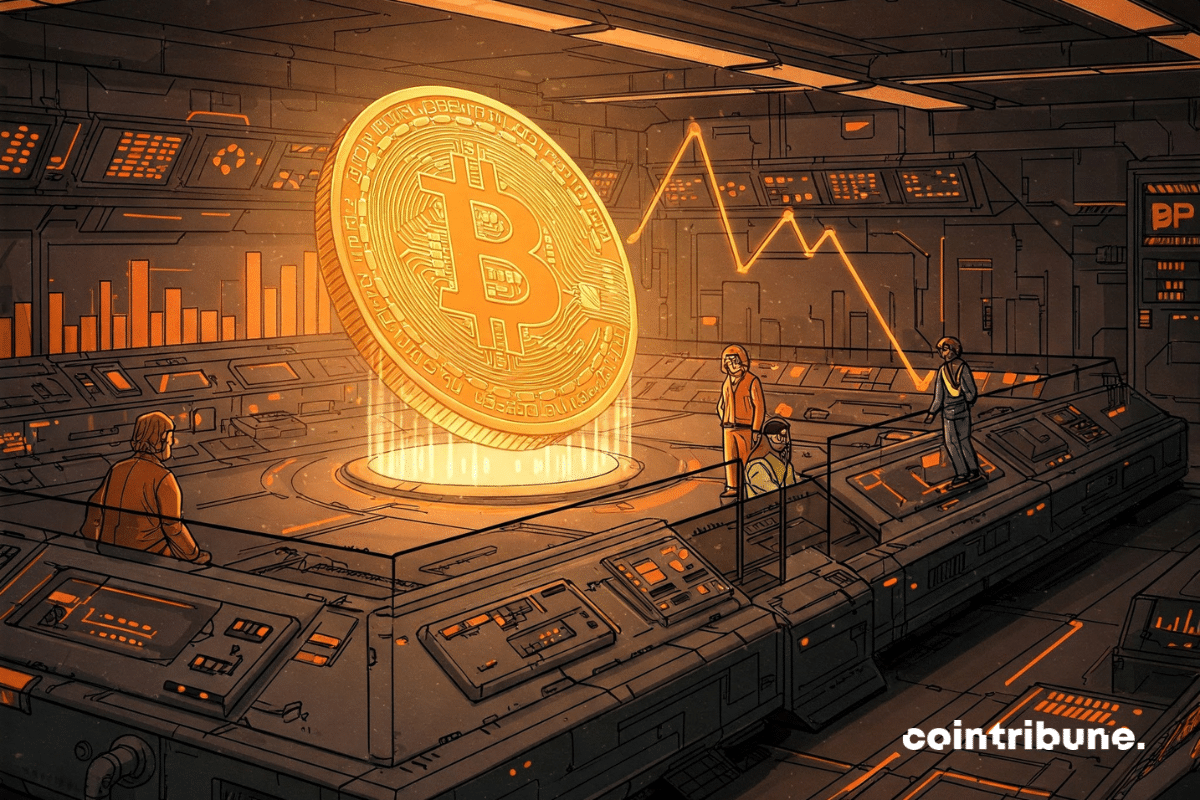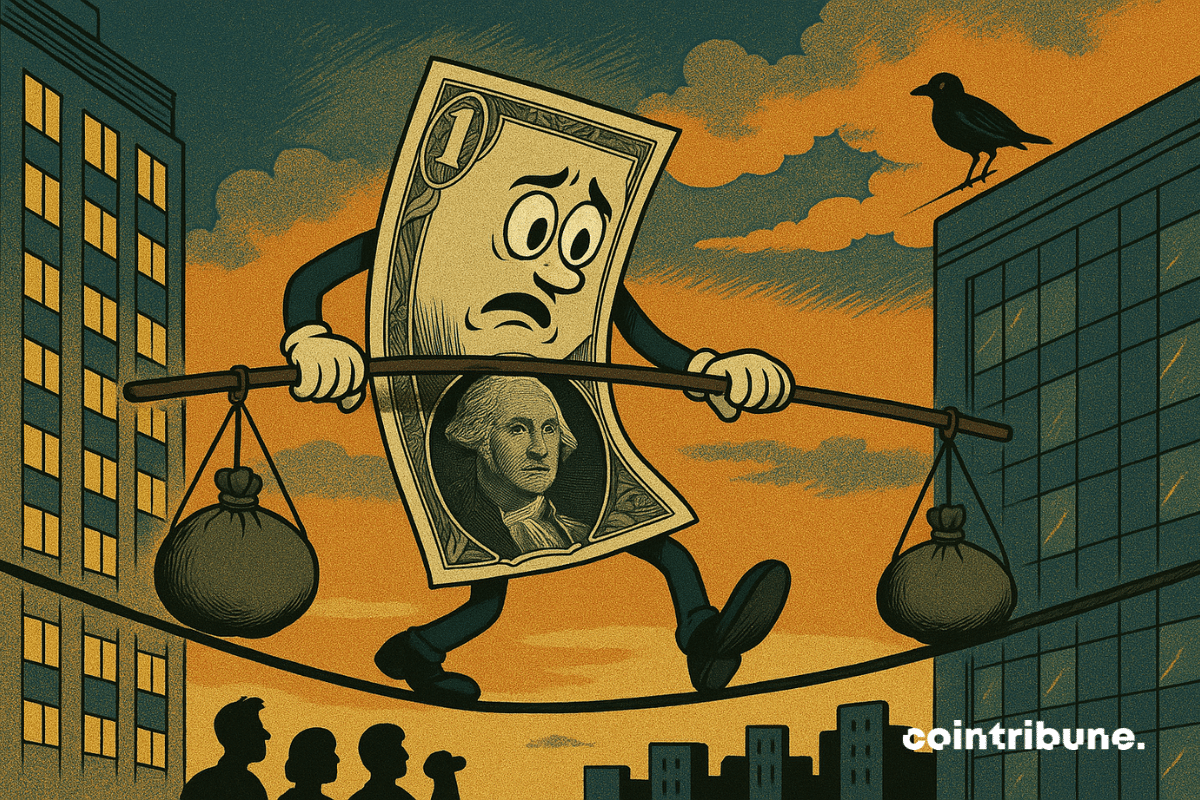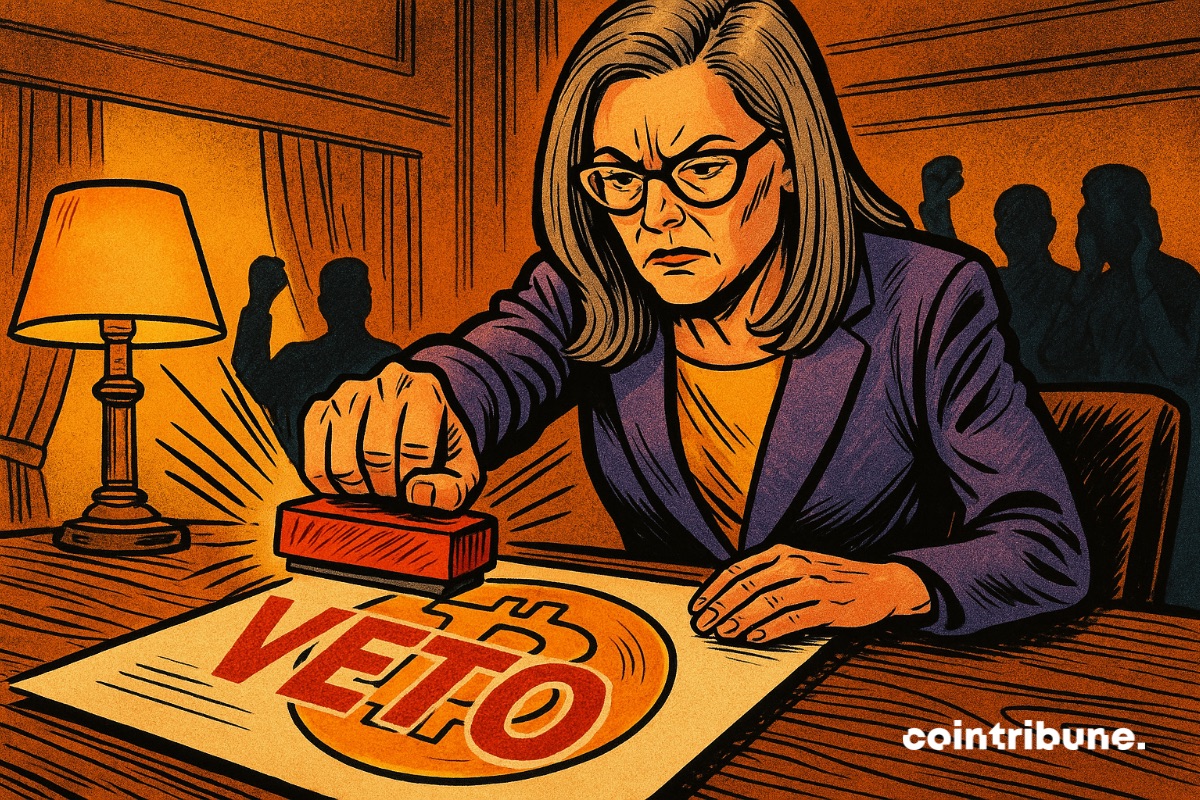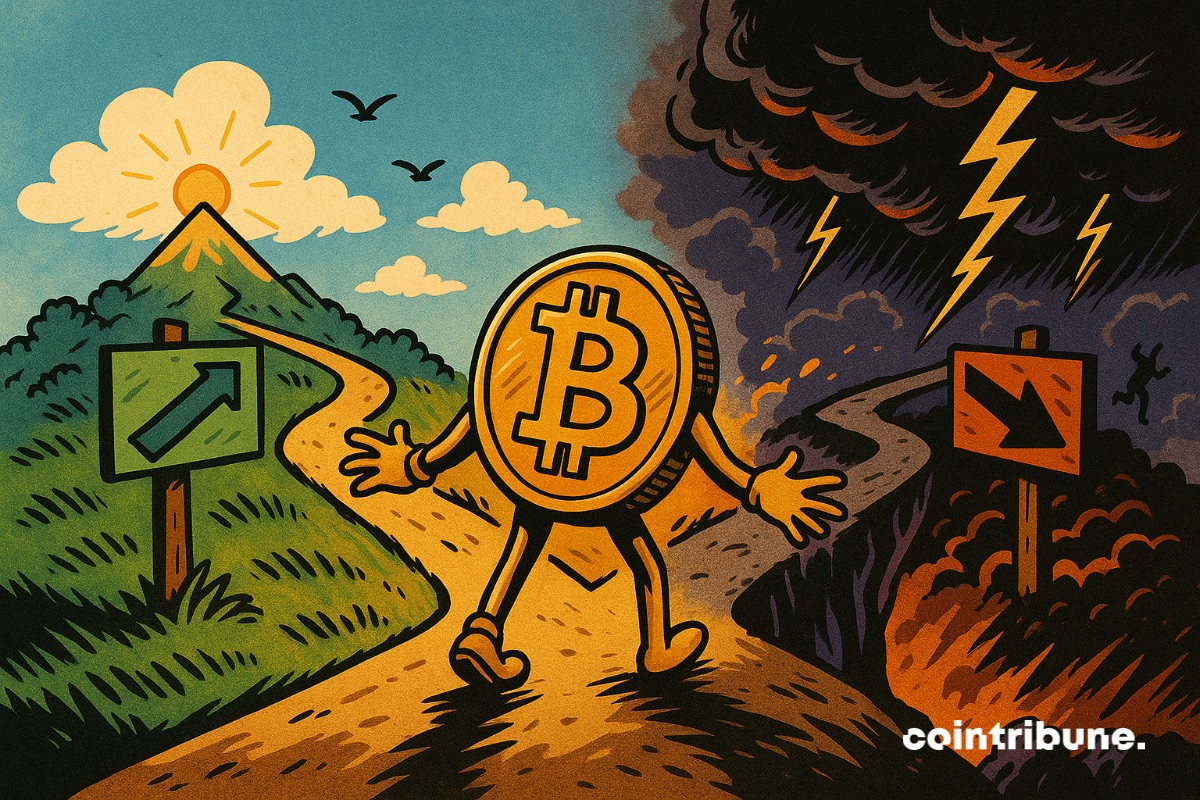With a low of deposits on exchanges, is Bitcoin showing signs of an imminent new bull run? Analysis.
Archive May 2025
The depths of Ethereum are stirring once again. While the market seemed to be dozing off, powerful players are resurfacing, quietly but with a confidence that speaks volumes. No media sirens, no speculative frenzy: just heavy, silent, and resolute movements. The crypto ecosystem is wondering – what are these mysterious whales up to?
The dollar has slowed down, but global markets are holding their breath. After three weeks of rising, the greenback is losing ground, driven by a more robust employment report than expected. However, tensions persist: a resilient growth, stagnant rates, and ongoing tariff uncertainties. Cryptos are not exempt from this monetary ballet. For crypto traders, every fluctuation of the dollar redraws the risk map, shifts the boundary of volatility, and reshapes liquidity expectations.
As the symbolic threshold of 100,000 dollars approaches, Bitcoin enters a turbulent zone. Behind the spectacular rise, long-term holders are recording unrealized gains of nearly 350%, a level historically associated with massive profit-taking. This critical signal comes as the market remains vulnerable, hindered by ongoing technical tensions and a demand that struggles to keep pace with potential supply.
While the small holders count their cents, the whales quietly stack ADA: 410 million in April. The crypto sphere may have sensed the next feast.
For a long time hesitant towards bitcoin, American universities are beginning to make a discreet but decisive shift. Brown University, a pillar of the Ivy League, has just announced a direct exposure to BlackRock's IBIT ETF. This is a first, revealed in an official filing with the SEC, which could redefine the standards for endowment fund allocation. Why this movement now? What amounts are at stake? And what does this strong signal sent by an academic institution in the midst of a reshaping crypto market reveal?
Arizona has just rejected an ambitious bill aimed at integrating bitcoin into its official reserves. While several states are exploring this bold avenue, Governor Katie Hobbs' veto reignites the national debate on the future of BTC in public management and institutional finance.
May could change everything for bitcoin. As the threat of a global recession looms and tensions between the United States and China intensify, the market holds its breath. A trade agreement could trigger a new bull run... but a failure could plunge BTC into the red.
Real estate investment attracts many investors, but it comes with significant constraints. The required capital is often high, the administrative procedures are complex, and reselling a property takes time. Blockchain is transforming this market by facilitating access to real estate through tokenization. RealT offers an innovative solution that allows individuals to acquire shares in real estate properties in the form of tokens. This approach simplifies investment, provides more liquidity, and ensures passive income in stablecoins. This article details how RealT works, real estate tokenization, its advantages over traditional purchasing, and the security guarantees offered to investors.
Cryptocurrencies have revolutionized investment by offering new strategies to investors. This dynamic market allows access to high returns, but it also exposes investors to significant volatility. To secure their capital, many investors are seeking stable solutions. Real estate represents a reliable refuge, with a slowly progressing value and regular rental income. However, purchasing a property with cryptocurrencies remains complex due to legal and financial constraints. RealT simplifies this transition by tokenizing real estate to enable direct access via blockchain. This article explains how RealT facilitates real estate purchases, enhances diversification, and automates crypto payments.









